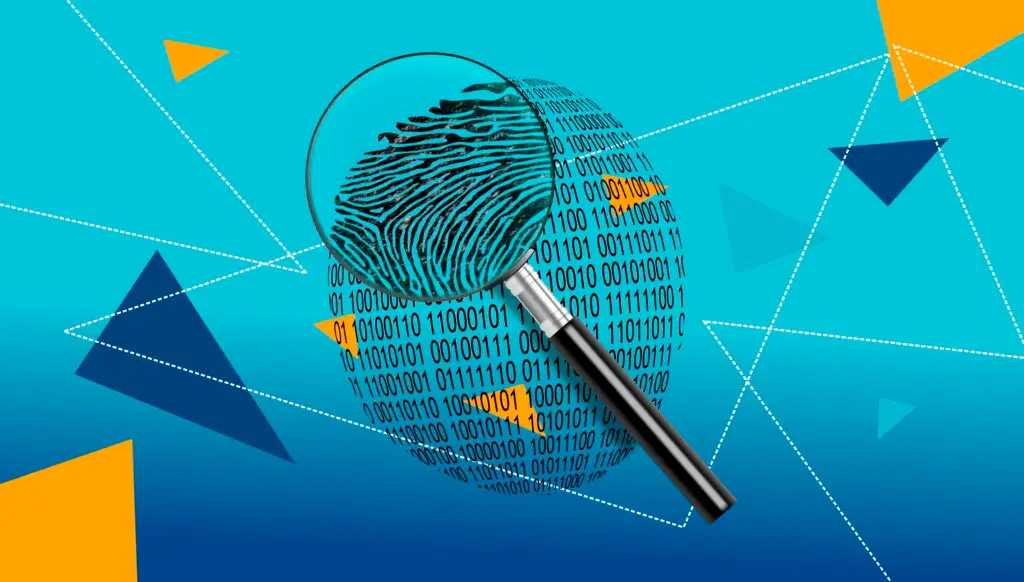
Protection Against Identity Theft: Answers to Common Questions & Useful Tips
Would you happen to know anything about identity theft?
In an increasingly connected world, safeguarding your digital identity is more crucial than ever. While many understand its importance, they may be unsure how to protect themselves effectively.
Here, I’ll address common questions about online identity protection and offer practical tips to secure personal information.
What is Identity Theft?
Identity theft occurs when someone steals your personal information, such as your name, Social Security number, or banking details, and uses it to commit fraud or other crimes.
This can lead to significant consequences, including financial loss and damage to your reputation.

How can I protect myself from identity theft?
- Use Strong Passwords: Avoid simple passwords like “123456” or “password.” Use a combination of letters, numbers, and special characters, and ensure your password is at least 12 characters long. For added security, use a password manager to create and store complex passwords.
Enable Two-Factor Authentication (2FA): Two-factor authentication adds an extra layer of security by requiring a second form of verification, such as a text message code or a fingerprint, in addition to your password.
Be Wary of Phishing Scams: Phishing scams attempt to trick you into revealing personal information by pretending to be legitimate entities. Always verify the sender’s email address, and avoid clicking on suspicious links or attachments. Learn more about phishing and how to recognize it here.
Monitor Your Accounts Regularly: Frequently check your bank and credit card statements for any unauthorized transactions. Report any suspicious activity to your financial institution immediately.
Keep Your Software Updated: Ensure that your operating system, browsers, and other software are up-to-date to protect against security vulnerabilities. Most updates include patches for security flaws that could be exploited by hackers.
Use Secure Connections: Avoid using public Wi-Fi for sensitive transactions, such as online banking. If you must use public Wi-Fi, consider using a virtual private network (VPN) to encrypt your internet connection.
Limit the Sharing of Personal Information: Be cautious about the amount of personal information you share on social media and other online platforms. Identity thieves can use information such as your birthdate, address, and phone number.

What Should I Do If I Become a Victim of Identity Theft?
- Report the Theft: Contact your bank, credit card companies, and the major credit bureaus (Equifax, Experian, and TransUnion) to report the theft and place a fraud alert on your credit reports.
File a Police Report: Report the identity theft to your local police department. This can be helpful in disputing fraudulent charges and clearing your name.
Notify the Federal Trade Commission (FTC): The FTC provides resources and guidance on recovering from identity theft. You can file a report online at IdentityTheft.gov.
Monitor Your Credit: Regularly check your credit reports for any new accounts or inquiries that you did not authorize. You are entitled to one free credit report per year from each of the major credit bureaus at AnnualCreditReport.com.
If you enjoy this content, then you might love our LookUp Anti-Scam Security HUB

Conclusion
Protecting your identity online is essential in today’s digital age. By following these tips and remaining vigilant, you can significantly reduce the risk of identity theft.
Remember, it’s better to be proactive in safeguarding your personal information than to deal with the aftermath of identity theft. Stay informed, stay cautious, and take control of your online security.
For more detailed information on protecting your identity online, visit StaySafeOnline.org and CyberAware.gov.